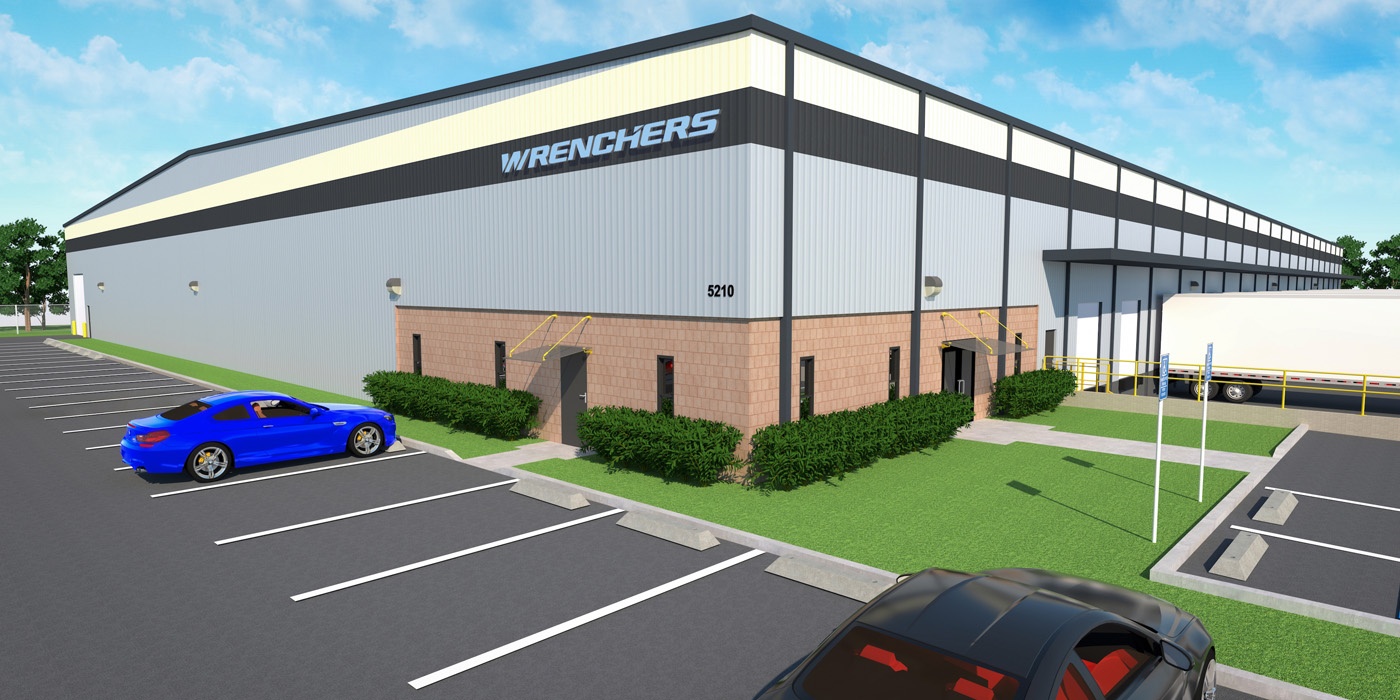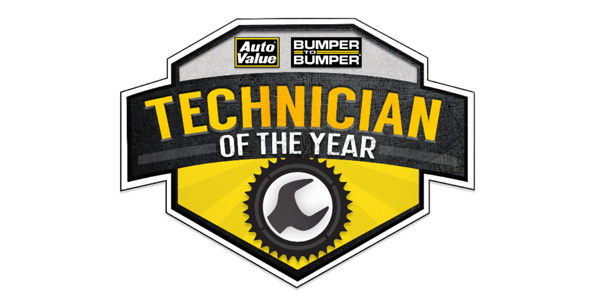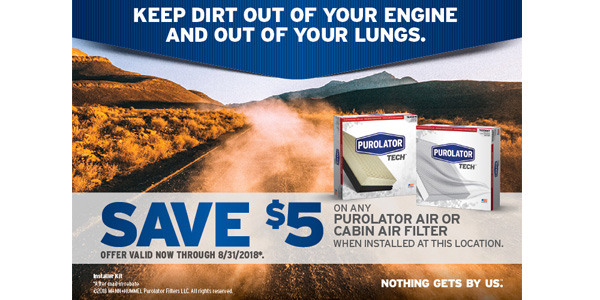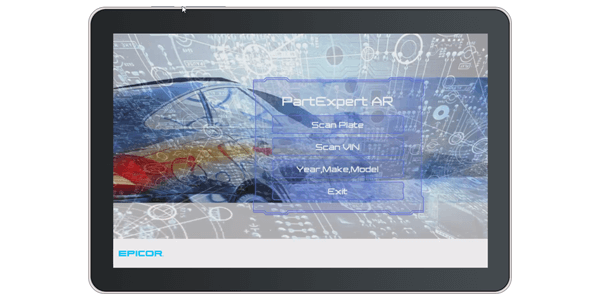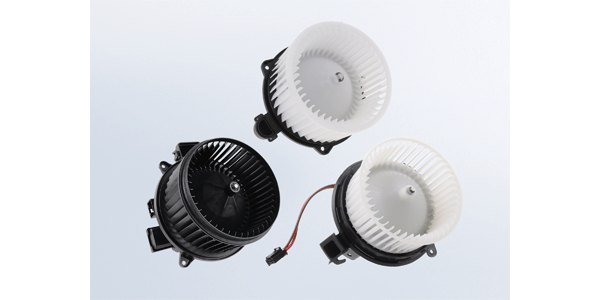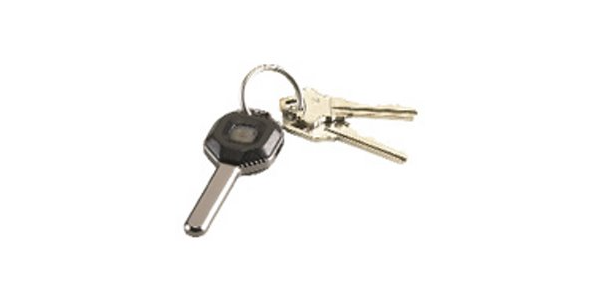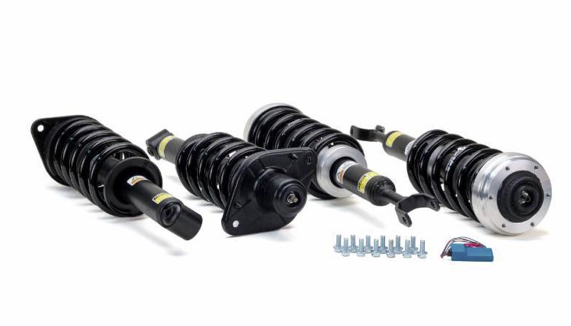Every engine is equipped with an air filter to keep out dirt. An engine sucks in a lot of air when it is running: about 10,000 to 12,000 gallons of air for every gallon of fuel it burns.
Consequently, the air filter has to have a large surface area and plenty of filtering capacity to trap and hold all of the contaminants that may be present in the air.
One of the most common ingredients in airborne dirt is silica, a hard abrasive mineral that’s found in sand and clay. If silica gets inside the engine, it has the same effect as sandpaper. It scours the piston rings, cylinders, valves and bearings, and causes the engine to wear rapidly.
Air filters remove dirt by trapping contaminants as the air flows through the filter media. The percentage of particles removed is a measure of the filter’s efficiency. A good quality air filter generally traps upwards of 98.5 percent of the incoming dirt. Filter manufacturers use SAE J726 test procedures to evaluate their air filters, and try to aim for the best balance between filtering efficiency, filter capacity and pressure drop (restriction). Cheap low quality filters are typically less efficient and may not have as much holding capacity as a quality brand name filter.
Filter efficiency depends on the type of media used. Most of today’s dry paper pleated element air filters are made of a mixture of cellulose and synthetic fibers. The higher the percentage of synthetic fibers, generally speaking, the better the filter.
Better-quality paper filters are also treated with resins so they can withstand moisture. Untreated paper filters may be damaged if rain enters the air filter housing.
As dirt builds up in on the surface and in the fibers of an air filter, it begins to restrict airflow through the filter. Eventually, the point is reached where the increasing restriction begins to affect engine performance, choking the incoming air supply. Ideally, filters should be replaced before they become too restrictive. This requires inspecting the filter and replacing the filter if it is obviously clogged with debris — but also replacing the filter after so many miles (typically 15,000 to 30,000) regardless of its outward appearance. Why? Because its often hard to see how much dirt has become embedded within the filter fibers.
Most experts recommend inspecting the air filter every time the oil is changed (every 3 to 6 months), and replacing it yearly or every 15,000 miles for preventive maintenance. Most vehicle manufacturers say to inspect the filter at 15,000 miles and to replace it at 30,000 miles in their scheduled maintenance recommendations.
Replacing a dirty air filter can improve fuel economy, performance and emissions. It’s hard to say how much of a difference a new filter will make because the improvement depends on how dirty the old filter was before it was changed.
Many people don’t know how to inspect a flat panel air filter. If they just open the top of the filter housing and peer inside, the filter may look good as new. That’s because they are looking at the “clean” side of the filter that is downstream of the air inlet. The bottom side of the flat panel filter is the dirty side that is often caked with dirt, debris and dead bugs.
The right way to inspect a panel air filter, or a round air filter in an older vehicle, is to remove the filter from its housing and hold a shop light behind it. A little discoloration is normal, but if the filter is dark and blocks the light, it is overdue for a change.
Some people think all they have to do is bang the filter on the ground to knock loose the dirt, or blow it from the inside out with compressed air to clean it. This will dislodge some of the surface dirt, but it will not remove any of the microscopic particles that are embedded in the filter media.
When replacing a filter, it’s a good idea to compare the old and new filters to make sure are are the same size and thickness. A filter that does not fit the air cleaner housing properly will leak and allow unfiltered air to be sucked into the engine.
Close attention also needs to be paid to the filter housing. Some plastic housings can become distorted as a result of heat exposure, causing them to leak.
On some later model Ford Powerstroke and GM Duramax diesel trucks, a new type of “axial flow” conical air filter is used. The filter uses a corrugated media that forces the air to flow lengthwise through the honeycomb channels before it turns 90 degrees and passes through the filter media.
The filter provides a lot of surface area, but is a patented design — which means expensive if a customer has to buy it from a new car dealer. Fortunately, several aftermarket filter manufacturers now offer replacement alternatives for these pricey filters, including a retrofit filter kit that allows the OEM round axial flow filter to be replaced with a standard flat panel filter.

